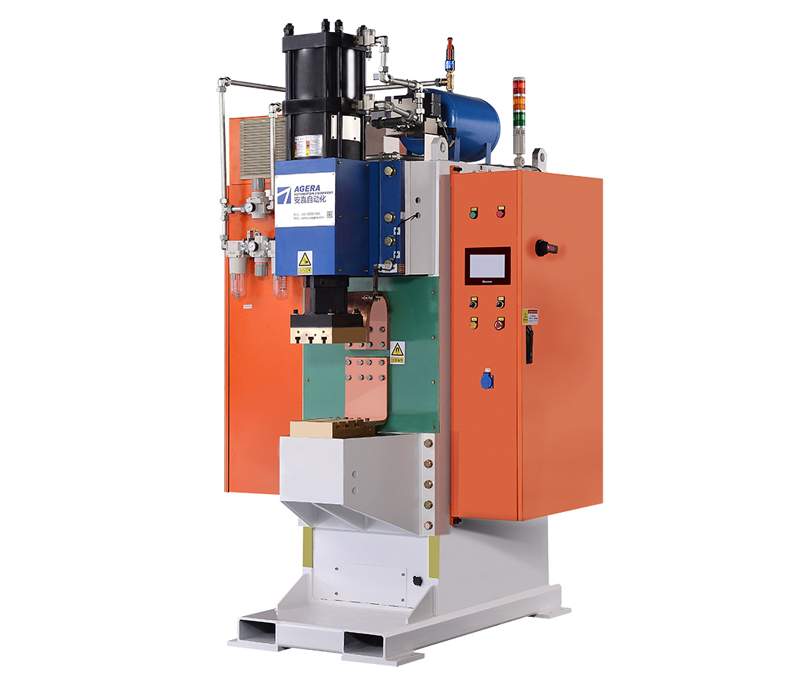Energy storage spot welding machines utilize cooling water systems to regulate the temperature of the welding electrodes and prevent overheating during the welding process. However, encountering the issue of hot cooling water can be a cause for concern. This article aims to provide guidance on how to address the problem of overheating cooling water in energy storage spot welding machines, ensuring the efficient and reliable operation of the equipment.
- Check Cooling Water Flow Rate and Pressure: The first step in addressing the issue of overheating cooling water is to inspect the flow rate and pressure of the cooling water system. Ensure that the water flow rate is sufficient to dissipate the heat generated during the welding process. Inspect the water supply lines, valves, and filters for any blockages or restrictions that may impede the proper flow of water. Additionally, check the water pressure and adjust it to the recommended level specified by the equipment manufacturer.
- Verify the Cooling Water Temperature: Measure the temperature of the cooling water to determine if it exceeds the recommended operating range. If the water temperature is abnormally high, it may indicate a problem with the cooling system. Inspect the cooling water reservoir and cooling channels for any obstructions or deposits that may impede heat transfer. Clean or flush the cooling system if necessary to remove any accumulated debris or sediment.
- Maintain Cooling System Components: Regular maintenance of the cooling system is crucial for its proper functioning and to prevent overheating. Inspect the water pump, radiator, heat exchanger, and other components for signs of wear, leaks, or malfunctions. Replace any faulty components and ensure that the cooling system is properly sealed to prevent water leakage. Regularly clean or replace the cooling water filters to prevent clogging and ensure unrestricted water flow.
- Consider External Cooling Measures: In situations where the cooling water temperature remains high despite the above steps, additional cooling measures can be implemented. This may include installing external cooling devices such as cooling fans or heat exchangers to supplement the cooling capacity of the existing system. Consult with the equipment manufacturer or a professional technician to determine the most suitable external cooling solution for your specific machine and operating conditions.
Overheating of cooling water in energy storage spot welding machines can negatively impact the equipment’s performance and lead to suboptimal weld quality. By ensuring proper cooling water flow rate, inspecting the system for any obstructions or malfunctions, and considering additional cooling measures if necessary, operators can effectively address the issue of overheating and maintain the efficient operation of their equipment. Regular maintenance and monitoring of the cooling system are essential to prevent potential problems and ensure optimal cooling performance during welding operations.
Post time: Jun-12-2023



